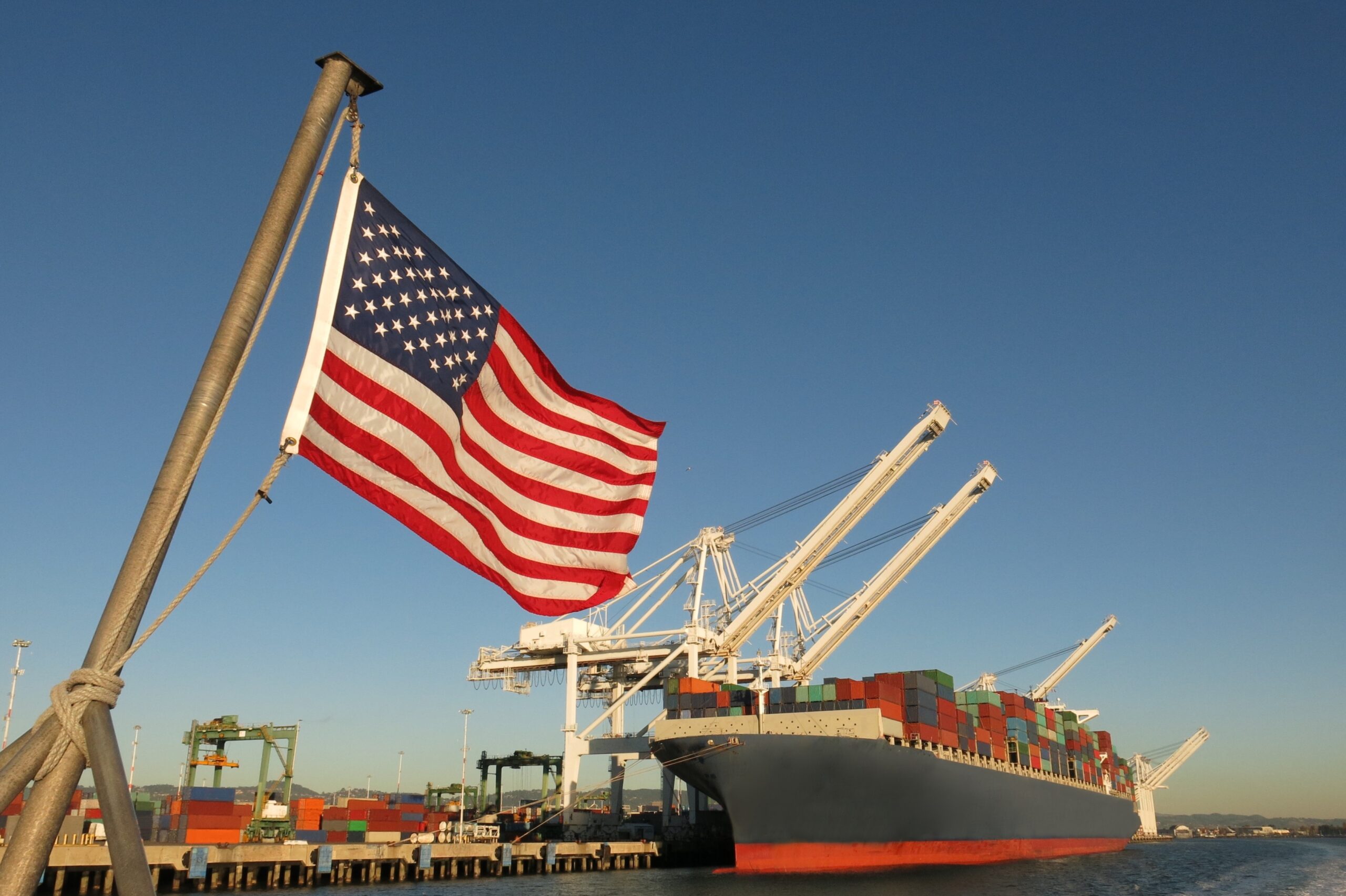The nation’s major container ports have already reached their expected peak for import cargo volume this year, signalling a gradual slowdown as the holiday season approaches, according to the Global Port Tracker report released by the National Retail Federation and Hackett Associates.
“Cargo volumes will still be strong the rest of the year, but not as high as we expected a month ago,” Jonathan Gold, NRF Vice President for Supply Chain and Customs Policy said.
Ben Hackett, Hackett Associates Founder, says concerns over the impact of inflation and high interest rates, particularly for groceries, automobiles and mortgages, have led to a slowdown in discretionary spending, whilst retail cargo imports are expected to decline.
Consumer spending grew 1.8% year over year in the second quarter rather than the 2.3% originally estimated, and NRF said last month that retail sales for the year could come in at the low end of its forecast of 4%-6% year-over-year growth.
Hackett noted that “They have slowed down their ships in an attempt to cut capacity without having to take vessels out of service as new, larger ones ordered when demand was higher are delivered. Even so, ships are not sailing fully loaded, and freight rates are declining as a result. That’s a further indication that no cargo growth from current levels is expected on the near-term horizon. Perhaps 2024 will be better.”
According to the Global Port Tracker report, inbound volume at U.S. ports had been forecast to reach 2 million TEUs in August and stay at that level through October. That would have been the first time the 2 million teu mark has been reached since October 2022.
However, ports handled 1.96 million teu, one 20-foot container or its equivalent, in August, which is the latest month for which final numbers are available. That was up 2.3% from July and was the busiest month this year so far but down 13.5% year over year. Ports have not yet reported September numbers, but Global Port Tracker projected the month at 1.94 million teu, down 4.3% year over year. October is also forecast at 1.94 million teu, down 3.1% year over year.
Looking ahead, November is forecast at 1.91 million teu, a 7.5% increase from the same time last year that would be the first year-over-year gain since June 2022. December is forecast at 1.88 million teu, up 8.9% year over year.
Those numbers would bring 2023 to 22.1 million teu, down 13.5% from last year. Imports during 2022 totaled 25.5 million teu, down 1.2% from the annual record of 25.8 million teu set in 2021.
January 2024 is forecast the same as December at 1.88 million teu, up 4.2% year over year, while February which is historically the slowest month of the year because of Lunar New Year factory shutdowns in Asia, is forecast at 1.74 million teu, up 12.7% year over year.



